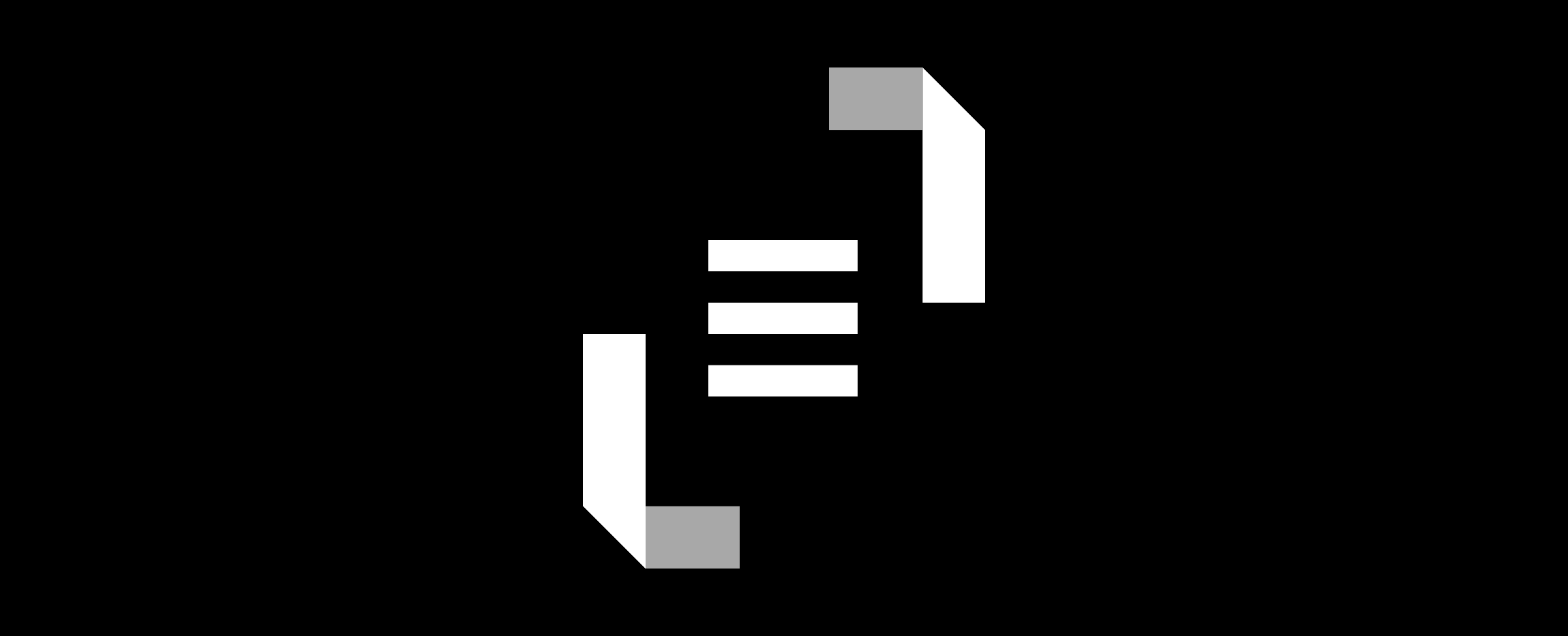
On the Management of Population Immunity
Wednesday 19th August 2020
CINET:
2037
Toxvaerd, F.M.O. and Rowthorn, R.
This paper considers a susceptible-infected-recovered type model of infectious diseases, such as COVID-19 or swine flu, in which costly treatment or vaccination confers immunity on recovered individuals. Once immune, individuals indirectly protect the remaining susceptibles, who benefit from a measure of herd immunity. Treatment and vaccination directly induce such herd immunity, which builds up over time. Optimal treatment is shown to involve intervention at early stages of the epidemic, while optimal vaccination defers intervention to later stages. Thus, while treatment and vaccination have superficial similarities, their effects and desirability at different stages of the epidemic are radically different. Equilibrium vaccination is qualitatively similar to socially optimal vaccination, while equilibrium treatment differs in nature from socially optimal treatment. The optimal policies are compared to traditional non-economic public health interventions which rely on herd immunity thresholds.
Keywords
Economic epidemiology
herd immunity
treatment
vaccination
externalities
C73
I18
Themes
information